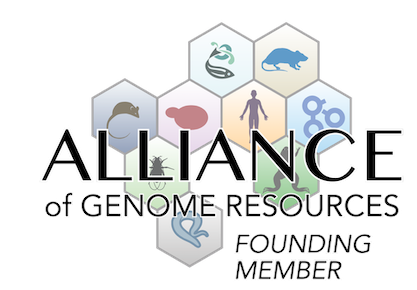immune system
|
• CD4 T cells from these mice transferred into T cell deficient hosts initially proliferate slowly but continue proliferating unabated until abnormally high numbers of T cells are found
• 8 weeks after transfer, 13-fold higher number of T cells are found compared to controls that received wild-type CD4 T cells
• this proliferation is not Class II-restricted as mutant T cells also expand greatly in Class II deficient hosts
• proliferation of mutant CD4 T cells transferred to immunodeficient hosts is dependent on IL-7
• wild-type regulatory T cells are able to limit proliferation of mutant CD4 T cells in immunodeficient hosts
|
|
• CD4 T cells from these mice transferred into T cell deficient hosts cause a massive resident B cell response with IgG1 and IgE hypergammaglobulinemia resulting 8 weeks after transfer
• serum levels of IgG1 and IgE reach concentrations that are 84-fold and 8460-fold higher, respectively, compared with T cell deficient mice that receive wild-type CD4 T cells
|
hematopoietic system
|
• CD4 T cells from these mice transferred into T cell deficient hosts initially proliferate slowly but continue proliferating unabated until abnormally high numbers of T cells are found
• 8 weeks after transfer, 13-fold higher number of T cells are found compared to controls that received wild-type CD4 T cells
• this proliferation is not Class II-restricted as mutant T cells also expand greatly in Class II deficient hosts
• proliferation of mutant CD4 T cells transferred to immunodeficient hosts is dependent on IL-7
• wild-type regulatory T cells are able to limit proliferation of mutant CD4 T cells in immunodeficient hosts
|
|
• CD4 T cells from these mice transferred into T cell deficient hosts cause a massive resident B cell response with IgG1 and IgE hypergammaglobulinemia resulting 8 weeks after transfer
• serum levels of IgG1 and IgE reach concentrations that are 84-fold and 8460-fold higher, respectively, compared with T cell deficient mice that receive wild-type CD4 T cells
|
cellular
|
• CD4 T cells from these mice transferred into T cell deficient hosts initially proliferate slowly but continue proliferating unabated until abnormally high numbers of T cells are found
• 8 weeks after transfer, 13-fold higher number of T cells are found compared to controls that received wild-type CD4 T cells
• this proliferation is not Class II-restricted as mutant T cells also expand greatly in Class II deficient hosts
• proliferation of mutant CD4 T cells transferred to immunodeficient hosts is dependent on IL-7
• wild-type regulatory T cells are able to limit proliferation of mutant CD4 T cells in immunodeficient hosts
|



 Analysis Tools
Analysis Tools